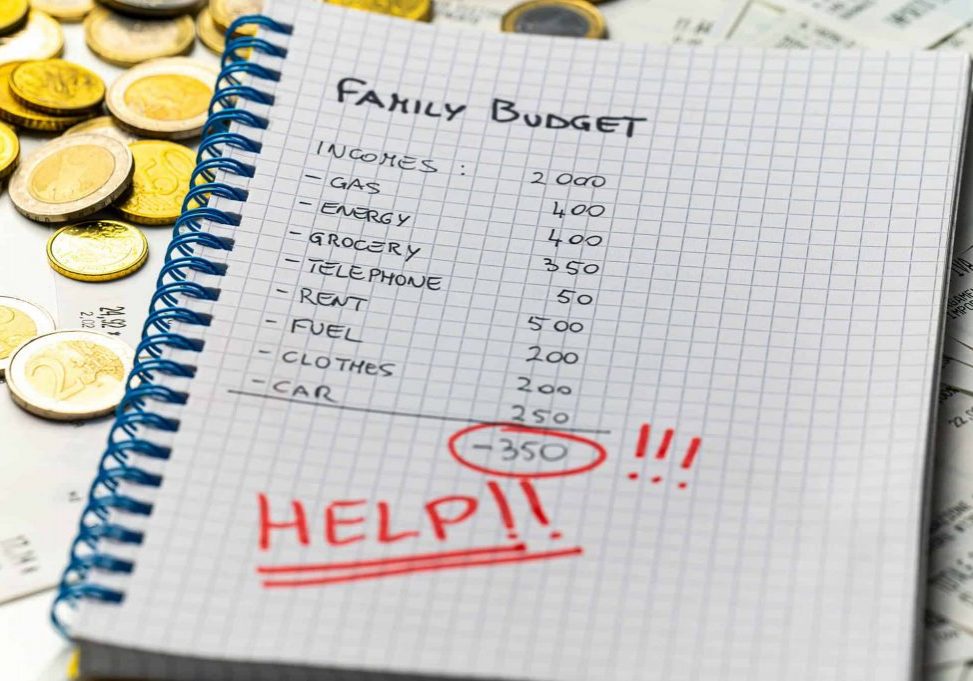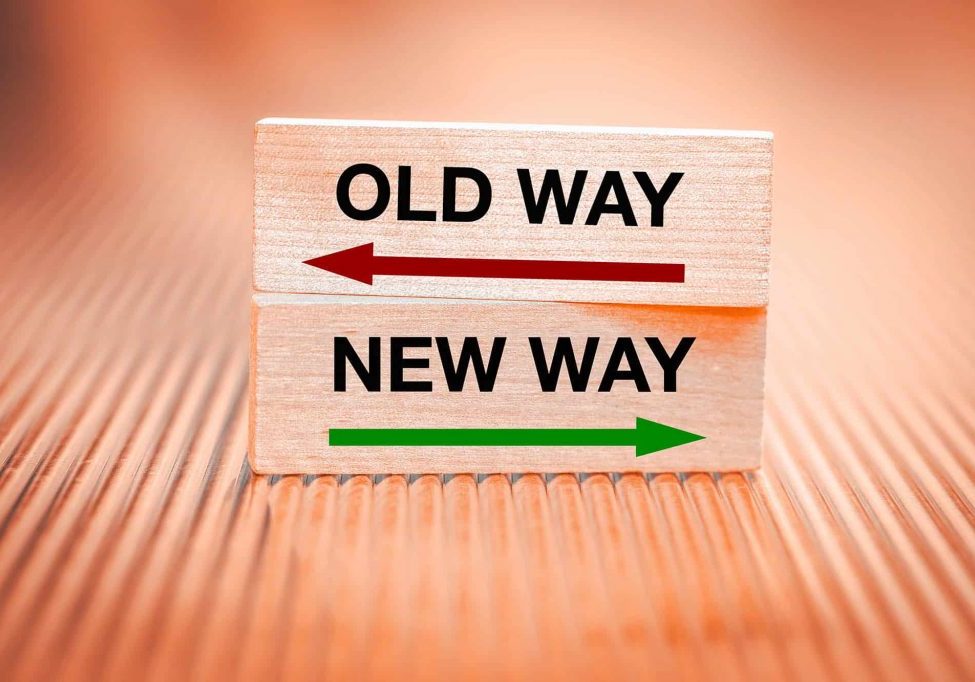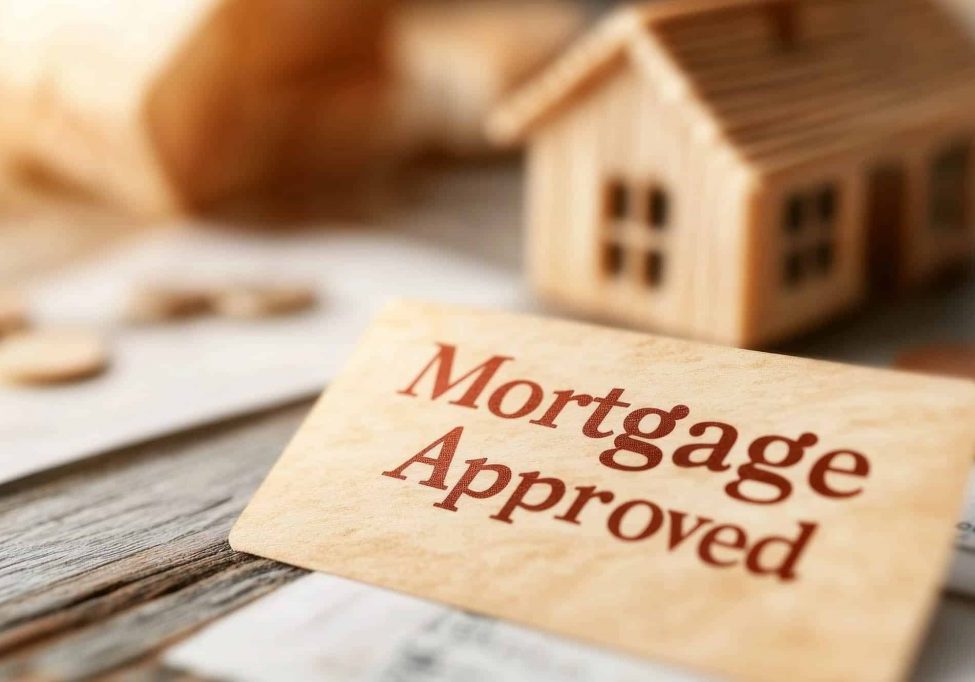
All the information you need about the steps you will have to go through to get an IVA and finish it to become debt free.
Use this guide to find out about the whole process from making the decision to start, getting your IVA in place, what happens during while it is in place and when it ends.
Contents
How to get an IVA: 1 – Decide if it’s the right solution for you
An IVA is not right for everyone. Whether it is suitable for you depends on a number of different factors. Here are some key things you will need to think about.
How much debt do you owe
- As a general rule the IVA solution is only suitable if you owe more than £6000. If you owe less, doing an IVA will likely mean you end up paying back more than you originally owed.
- There is no upper limit to the amount of debt you can include in an IVA.
- You can include most types of unsecured debts. These are things like personal loans, credit and store cards. You can also include HMRC debts (such as tax and VAT arrears), bounce back loans and CCJs.
- It is not possible to include secured debt in an IVA. These are debts like a mortgage or car finance (unless the car has been returned to the finance company).
What will your IVA payment be?
- IVA payments and not pre determined. The monthly amount you will have to pay is based on your surplus income. This is the amount left from your total income after your living expenses have been deducted.
- Your creditors will expect you to live within a reasonable living expenses budget and repay them as much as you can afford.
- Once agreed, your payments are not fixed. If your income goes up during your IVA, they are likely to increase.
If you cannot afford monthly payments, it might still be possible to get an IVA if you or someone else can pay a single lump sum.
Are you a home owner?
- An IVA gives your property legal protection. This means that it is safe from your creditors and – as long as you maintain the mortgage payments – you won’t have to sell it.
- In addition, you are likely to be able to keep other valuable assets you might have such as your car.
- If you are not a home owner and have no assets to protect, starting an IVA may not be the most sensible debt solution for you. Depending on how much you owe, going bankrupt might be a better option for you as you may not have to make any further payments towards your debts.
How will an IVA affect your credit rating and job?
- If you start an IVA it will negatively affect your credit rating. It will make it difficult to get all forms of credit for 6 years from the start date of the agreement.
- An IVA is largely a private agreement. No one else is told. As a result, most jobs are unaffected by an IVA. It is a solution which is commonly used by people who are self employed and or company directors.
How to get an IVA: 2 – Prepare your financial statement
Once you have decided to start an IVA, the first task is to complete your financial statement. This is a detailed summary of your financial circumstances.
It is very important to get your financial statement right. This is because the information you provide will be used as the basis of your IVA agreement, in particular the amount you have to pay each month.
Your statement will include 3 key areas of information.
1. Your income and living expenses budget
All sources of income should be recorded. These include wages after tax and any additional benefits you receive. Also any other forms of income such as a pension
You must list all of your monthly living expenses. These will included everything from your mortgage or rent to food and travel costs.
If you are self employed you will also need to prepare a separate business income and expenses forecast.
Your total expenses are deducted from your total income. The amount left is known as your disposable (or surplus) income. This is the amount which you will be expected to pay into your IVA.
2. Your assets
A list of anything you own of particular value. This will normally include your property if you are a home owner and your car.
3. Your debts
You will need to provide a list of all your debts. You should include and up to date balance for each and the account number if possible.
Get help with preparing your financial statement
You cannot produce your financial statement yourself. Speak to us today to get assistance from an experienced advisor.
We will ensure your expenses budget is completed corrected and nothing is missed. This means, you can be sure your IVA will be based on a monthly payment you can afford
How to get an IVA: 3 – Propose your IVA
You can’t propose an IVA to your creditors yourself. You need to use a specially licensed person called an Insolvency Practitioner (IP).
Your IP will review your financial statement with you. Then, they will create your formal IVA proposal document.
In many ways your IVA proposal will mirror all the information in your financial statement. However, in addition, it states how much you will repay your creditors during the IVA. It also provides information about your property (if you own one) and vehicle and if any of these will be made available as part of the Arrangement.
The document also includes the terms and conditions of your IVA. It is important that you read through these and that you understand them.
Once your IVA Proposal is drafted and all the information verified with appropriate documentation it will be sent to you to review and sign. A copy will then be sent to each of your creditors so they can consider your Proposal.
Once we have completed your financial statement with you, we will introduce you to our preferred IP. You won’t have to try and find one on your own.
How to get an IVA: 4 – IVA Accepted
Before it can start paying your IVA, it must be accepted by your creditors.
Your Insolvency Practitioner will send them each a copy of your signed proposal to review. They are usually allowed 2 weeks to review it. They can then accept, reject or request changes.
At the end of the 2 week review period, there is a meeting known as a Meeting of Creditors (MOC).
You do not have to attend your creditor meeting. In fact it is just a virtual meeting where the creditors can call your Insolvency Practitioner if they wish. Generally speaking, none of them will. They will normally send their acceptance of your IVA to the IP via e-mail.
The Arrangement will be accepted if 75% of the value of the creditors who respond say yes to it.
As an example, if the value of the creditors who respond is £10,000 then at least £7,500 by value must say yes. If they do, it is accepted and all creditors are legally bound. This includes the ones who said no or didn’t respond at all.
Can your IVA be changed before it is accepted?
Your creditors have the right to demand changes to your IVA proposal before they agree to it. These changes are known as modifications. There are two relatively common modifications to be aware of:
- Increase monthly payment
This is where the creditors feel your monthly payment offer is too low. They may decide that one or more of your living expenses is unreasonably high. They can demand your expenses are reduced thus allowing you to increase your monthly payment offer.
- Extend length of IVA
This is where the creditors require the time your IVA lasts to be extended from 5 to 6 years. They may demand this if the amount you owe is particularly high or your original debt repayment terms were greater than 5 years (for example a 6 year loan).
Your IP will discuss any modifications with you. If you agree to them, your IVA will be accepted with the modification. Alternatively, you might be able to make a counter offer.
Where you are unable to come to an agreement regarding the modifications required by the creditors, you can chose to abandon your IVA altogether and use a different debt solution.
How to get an IVA: 5 – Pay your IVA
You will be informed that your IVA has been accepted by your Insolvency Practitioner (IP).
You will receive a document called a Chairman’s Report. This is the written confirmation that the Arrangement is in place and all your creditors are now legally bound to its terms.
You then have to start making the agreed payments (normally by standing order from your bank).
If you have agreed to pay your IVA in a single lump sum, the Arrangement will normally stipulate the timescales within which this must be paid.
What is an IVA Annual Review?
If you are making monthly payments into your IVA, these will usually last for 5-6 years.
At the end of each year – on or around the anniversary of the start date – you will have to do an Annual Review of your circumstances.
Your IP will contact you and ask you to submit a new income and expenses budget. You will also normally have to provide wage slips and bank statements.
Can your IVA payments go up?
IVA payments are not fixed. If your income increases (or your expenses reduce) during your IVA, your payments are likely to go up.
You must tell your Insolvency Practitioner (IP) about the change. They will ask you to complete a new income and expenses budget and your disposable income will be re-calculated. You will have to add 50% of any increase to your IVA payment.
Note: If your income goes up, tell your IP immediately. You must not wait until your next annual review.
Are you allowed to keep a windfall during your IVA?
A windfall is a sum of money that you receive unexpectedly. This might happen for a number of reasons. A compensation payment, receipt of inheritance or a redundancy payment are all types of windfalls.
If you get a windfall during your IVA you will usually have to hand it over to your IVA company. The money will be added to your normal monthly payments.
You still have to continue with your normal monthly payments. The fact you paid in your windfall doesn’t mean your IVA is paid off any earlier. It simply means that the amount you pay back towards your debts increases overall.
Depending on the terms of your IVA, you might be able to keep a windfall you receive if it is less than £500.
How to get an IVA: 6 – IVA Completed and debt free
Your IVA will be over once you have made all your agreed payments and carried out any other requirements (for example tried to release equity from your property).
As long as your Insolvency Practitioner (IP) is happy that all of your obligations have been fulfilled, they will issue you with a Completion Certificate.
Your IVA is legally finished once you have received your completion certificate.
When will you get your IVA Completion Certificate?
A Completion Certificate is a written letter from your IP confirming that you have completed all the obligations within your IVA. It normally states that the Arrangement successfully completed and your IP is no longer acting as your Supervisor.
It is your proof that the Arrangement is legally over. A copy of the Certificate together with a final report from the Supervisor will be sent to both you and all of your creditors.
Your IVA does NOT automatically finish once you have made your last payment. It is only finished once you have received your written Completion Certificate.
Note: You should receive your Completion Certificate within 3 months after you have finished your monthly payments and satisfied all your other obligations. However, there are a number of IVA companies who take between 6-9 months to issue completion certificates.
What happens to unpaid debt after your IVA is finished?
Once your completion certificate is issued, any outstanding debt you owe is written off.
Your creditors are not allowed to take any more action against you to collect their unpaid debt.
Only unsecured debts that were included in your IVA are written off. If you have outstanding secured debt such as a mortgage you must continue to pay this.
When does your Credit Rating start to improve?
Approximately 3 months from the date your Completion Certificate was issued your details will be deleted from the Insolvency Register. This removes the formal record of your IVA.
The record of your IVA will remain on your credit file for 6 years from the start date. This is regardless of the date the Arrangement was completed.
Your credit rating will only be back to normal once the record of your IVA comes off your credit file. However there are things you can start to do immediately to speed up the process.
Review your credit file
The issue date of any Default Notices should be no later than the start date of the Arrangement. If any are later you can ask the creditor to amend the details. This will ensure such Notices come off your file at the same time as your IVA.
Use a credit repair credit card
You can also start to build up a history of using credit responsibly. The best way to do this is to start using a “Credit Repair” credit card. Using the card regularly but paying off the balance in full each month will start to generate a history responsible credit usage on your Credit File.
![]() Written by James Falla
Written by James Falla
Share this post

Completely FREE advice

Confidential conversations

Expert help always at hand
What we can do

Start an IVA
- In depth advice and guidance
- Comprehensive income and expenses review
- Support through the process

Self Employed IVA
- Business revenue and expenses forecast
- Personal income and expenses review
- Support through the process

Cancel IVA and go Bankrupt
- Help with cancelling IVA
- Support with bankruptcy application
- Ongoing 12 month assistance

Mortgage after an IVA
- Guidance and information
- Planning for a mortgage
- Advice on timing and deposit






